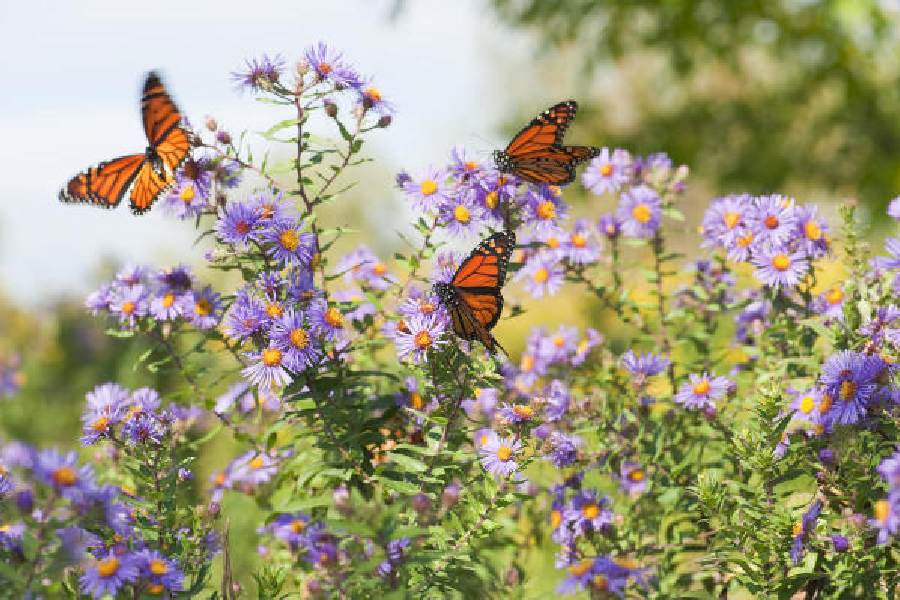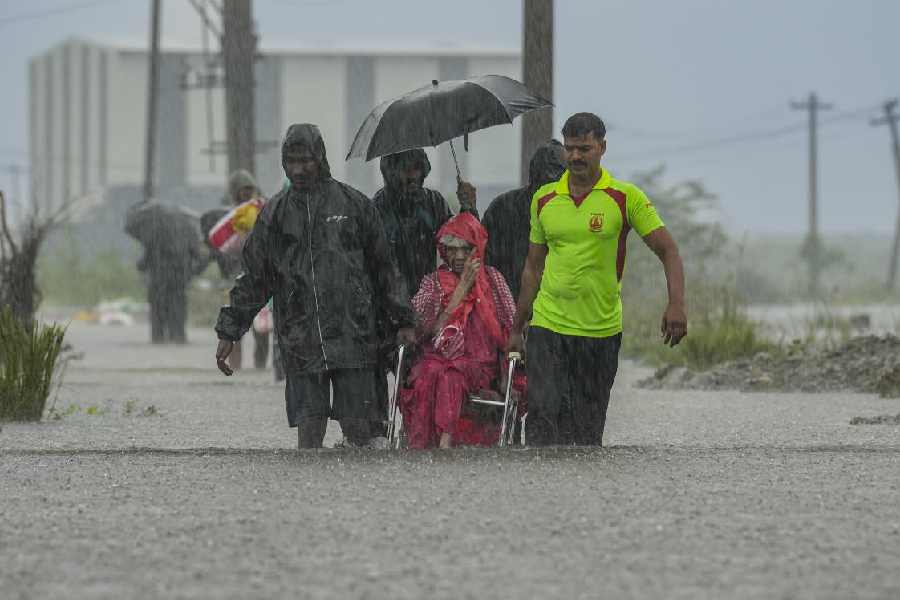A groundbreaking new study offers the most comprehensive answers to date about the status of butterflies in the contiguous United States.
In 20 years, the fleeting time it takes for a human baby to grow into a young adult, the US has lost 22 per cent of its butterflies, researchers found.
“The loss that we’re seeing over such a short time is really alarming,” said Elise Zipkin, a quantitative ecologist at Michigan State University, US, and one of the authors of the study, which was published in March in the journal Science. “Unless we change things, we’re in for trouble.”
Little-understood and vastly underappreciated, insects play an outsize role in supporting life on Earth. They pollinate plants. They break down dead matter, nourishing the soil. They feed birds and myriad other creatures in the food web. “Nature collapses without them,” said David Wagner, an entomologist at the University of Connecticut in the US.
Wagner, who was not involved with the new research, called it a “much-needed, herculean assessment”. He praised the study’s rigour and noted that the declines in butterflies, amounting to 1.3 per cent per year, were in line with other recent efforts to analyse global trends in terrestrial insect populations.
Still, researchers didn’t have enough data to include some of the most imperiled butterfly species, which probably experienced some of the steepest declines. And the data was quite likely biased toward places where butterflies tend to show up.
The analysis was based on 12.6 million individual butterflies counted in almost 77,000 surveys across 35 monitoring programmes from 2000 to 2020.
That data came largely from volunteers who, working with various programmes, showed up in a certain location on certain days over the years to document every butterfly they saw.
The researchers — some who specialise in maths, others who are experts in butterfly species and behaviour — took that raw data and harmonised it, creating a model that estimated the changes in abundance.
Of the 342 species for which they were able to draw conclusions, 33 per cent showed statistically significant declines and less than 3 per cent displayed statistically significant increases. Thirteen times as many species decreased as increased.
The American lady, an orange-and-black butterfly that ranges from coast to coast, was down 58 per cent. The Hermes copper, a rare butterfly found in San Diego County, plummeted by 99.9 per cent. Even the cabbage white, originally from Europe and so commonly found munching on vegetables as a caterpillar that it’s considered an invasive pest, dropped by half. “That shocked me,” said Nick Haddad, an insect ecologist at Michigan State and an author of the study. “If even the cabbage white is declining, then, oh my God.”
The research could not shed much light on how monarch butterflies are doing, the authors said. Monarchs, which the U.S. Fish and Wildlife Service in December recommended for federal protection, have shown staggering declines in their overwintering sites in Mexico and California in the US.
Why are butterfly populations crashing? Experts blame a combination of factors: habitat loss as land is converted for agriculture or development, climate change and pesticide use. What’s less clear is the extent to which each factor is driving the declines.
The study doesn’t try to answer that question, but it points to other findings, from the US Midwest and California, that insecticides have played a particularly lethal role. A class called neonicotinoids, which Europe largely banned in 2018, was found to be especially deadly.
Collin Edwards, an ecological modeller for the Washington Department of Fish and Wildlife and the lead author of the study, said: “If you’re spraying something on your plants to keep things from eating them, caterpillars are eating plants,” he said. “Those are butterflies-to-be.”










